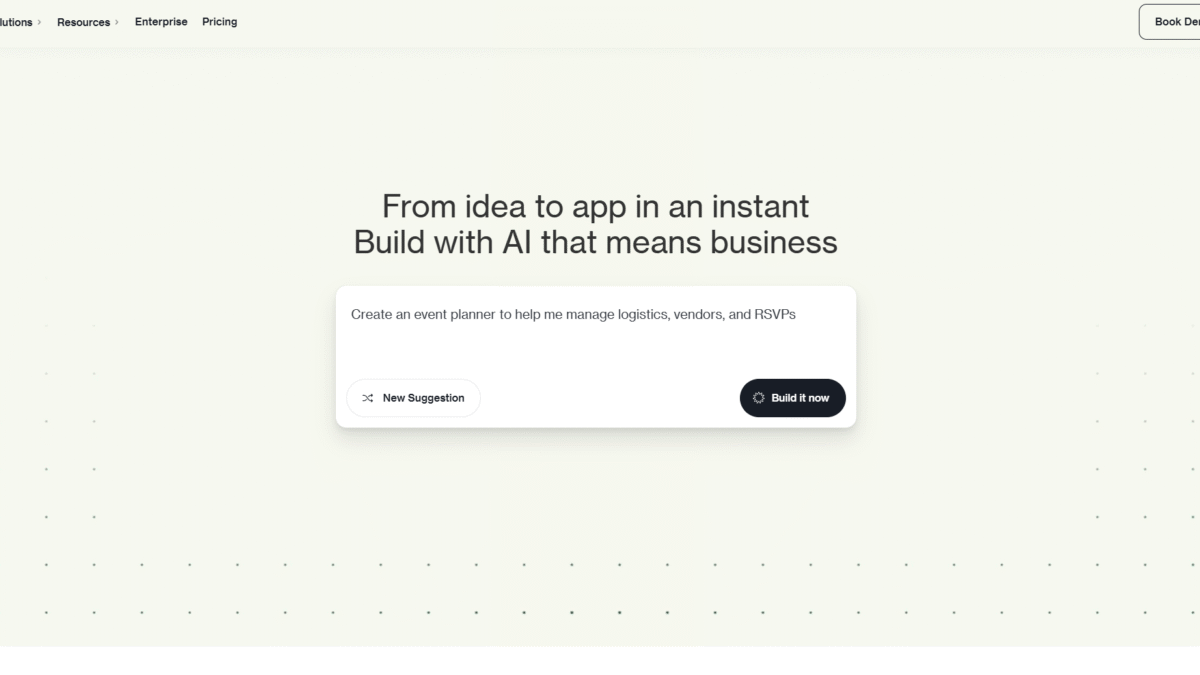
Gantt Charts Made Easy with an AI-Powered App Platform
Searching for the ultimate guide to gantt charts and how to bring them into your workflow effortlessly? You just landed on the right page. With Airtable, you can design, adjust, and share powerful gantt charts in seconds—no steep learning curve required.
What Is a gantt Chart?
A gantt chart is a visual timeline that displays project tasks, their durations, dependencies, and progress at a glance. Originally developed by Henry Gantt in the early 20th century, this tool has become a cornerstone of project management. By lining up tasks on a horizontal bar chart, teams gain clarity on schedules, resource allocation, and critical paths.
Why gantt Charts Matter in Modern Workflows
Whether you’re launching a marketing campaign, developing software, or coordinating an event, gantt charts help you:
- Visualize every step from start to finish
- Identify bottlenecks before they stall progress
- Align cross-functional teams on deadlines
- Update timelines dynamically as priorities shift
In fast-moving environments, having that real-time visibility can mean the difference between on-time delivery and missed deadlines.
Common Challenges in gantt Chart Creation
Despite their power, gantt charts can become unwieldy when built in static tools. You might struggle with:
- Manual date adjustments every time scope changes
- Version confusion when stakeholders work in silos
- Limited collaboration—you email spreadsheets back and forth
- Inflexible designs that don’t adapt to custom workflows
How Airtable Streamlines gantt Chart Creation
Real-Time Collaboration
With Airtable’s cloud-based platform, multiple editors can work on the same gantt view simultaneously. Everyone sees updates instantly—no more emailing attachments or reconciling conflicting versions.
Intuitive Drag-and-Drop Interface
Create tasks and set dates by dragging bars directly on the timeline. Reschedule with a quick drag, and watch dependent tasks shift automatically. It’s as easy as moving blocks on a whiteboard.
Flexible Dependencies
Link tasks together so that when one finishes, the next automatically moves into place. Airtable handles all the calculations behind the scenes, so your critical path stays intact even as plans evolve.
Custom Views and Filters
- Filter tasks by assignee, status, or priority
- Group items by department or milestone
- Color-code phases for instant visual cues
Key Features for Advanced gantt Management
Automations & Alerts
Keep everyone on track with automated notifications. When a task start date approaches or a milestone is delayed, Airtable can send alerts via Slack, email, or SMS so you never miss a beat.
Embedded AI for Smarter Scheduling
Tap into AI-driven insights to optimize your project timeline. Let Airtable suggest ideal start dates, resource allocations, and risk flags based on historical data from similar projects.
Seamless Integrations
Connect your gantt charts to tools like Jira, Salesforce, Google Calendar, and more. Data flows both ways—update a status in your CRM, and watch your gantt chart reflect that change automatically.
Step-by-Step: Building a gantt Chart in Airtable
Follow these simple steps to launch your first gantt view:
- Create a new base or open an existing table with task data.
- Define fields for Task Name, Start Date, End Date, and Dependencies.
- Click “Add View” and select “Gantt” from the view menu.
- Map your fields: assign Task Name as the label, Dates for timeline, and link Dependencies.
- Customize grouping, coloring, and filters to match your workflow.
- Share the view with stakeholders via link or embed it in a dashboard.
Integrations and Automations to Power Your gantt Workflow
By integrating Airtable with services like Zapier or Make, you can automate complex sequences. For example, trigger a new task creation in Airtable when a support ticket arrives in Zendesk, then immediately slot it into your gantt timeline. That level of automation keeps your gantt chart accurate and actionable at all times. Get Started with Airtable for Free Today.
Tips for Optimizing Your gantt Workflows
- Break Large Projects into Phases – Use high-level bars for major milestones, then sub-tasks for detailed work.
- Maintain a Single Source of Truth – Keep all task data inside Airtable rather than multiple spreadsheets.
- Leverage Checkpoints – Add weekly or bi-weekly review tasks to catch delays early.
- Use Roles & Permissions – Control who can edit vs. view to protect critical timeline elements.
Airtable Pricing Plans
Airtable offers flexible plans to suit teams of all sizes:
- Free: Up to 5 editors, basic gantt & timeline views, 500 AI credits/editor/mo.
- Team ($20/seat/mo annually): Unlimited gantt views, expanded automations, 15,000 AI credits/user/mo.
- Business ($45/seat/mo annually): Premium sync, admin controls, 20,000 AI credits/user/mo.
- Enterprise: Custom pricing, enterprise-grade security, hyperDB performance.
Why Airtable Is Ideal for gantt-Centric Teams
Airtable shines for any team that depends on clear timelines:
Project Managers
Get full visibility over task dependencies and resource workloads.
Marketing Teams
Plan campaigns, content calendars, and launch schedules in one unified view.
Engineering Departments
Coordinate sprints, bug fixes, and feature rollouts with automated updates.
Conclusion
Mastering gantt charts no longer means wrestling with static spreadsheets or siloed tools. With Airtable’s intuitive interface, real-time collaboration, and AI-powered automations, you can build, share, and optimize your gantt timelines in minutes. Ready to simplify your project planning? Get Started with Airtable for Free Today, and see how effortless gantt chart management can be.
